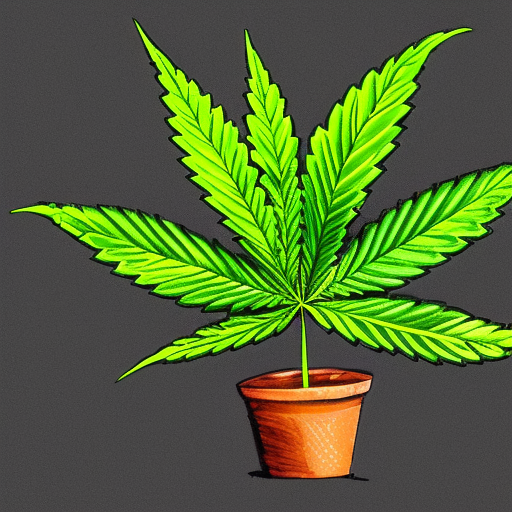
Yo, what’s up fellow growers? It’s your boy Dan here to drop some knowledge on the different techniques you can use to grow that sticky icky. Today we’re talking about the sea of green (SOG) and screen of green (ScrOG) methods. Don’t let autocorrect tell you otherwise, these techniques are fire for your plants.
First things first, you gotta make sure your plants are healthy from the jump. That means setting up an ideal environment for them to thrive in. You gotta pick the right growing medium and pot size, and take into account lighting, water pH, nutrients, temperature, humidity, and all that good stuff. Once you got that handled, it’s time to choose your method.
Sea of green is when you grow a bunch of small plants close together in one area. This method ensures that your plants spend less time in vegetation while still producing a lot of bud sites per volume of space. With SOG grows, your buds will be ready sooner which means you could get an extra crop per year. Clones work well with this method since they’ll all have the same traits and grow at the same speed. You could use seeds too but make sure they’re from the same strain and avoid those tall sativas since you want even growth under your lights.
Screen of green is another technique where you train your plants to maximize yield per square meter at harvest time. You grow fewer plants but use larger pots so they have room to grow big roots and develop a lot of equally sized flowers over a literal screen of green. Cultivators often combine ScrOG with low-stress training (LST) which involves tying down shoots to improve yields even more. LST is perfect for indoor growers since artificial light doesn’t penetrate as well as sunlight. By maximizing light exposure using a ScrOG, you’ll get some dank nugs.
So which one should you use? SOG works great on plants with few lateral branches that can grow a single predominant cola. They don’t require much attention besides regular upkeep. On the other hand, ScrOG involves a mesh screen with large enough apertures through which to feed cannabis leaves and branches. This encourages new growth into a flat sheet so you get many similarly sized flower clusters.
But wait, there’s more! Strain selection is also important for efficiency. SOG works best with cultivars that naturally produce a dominant central cola with minimal lateral branching like indica-dominant hybrids. Sativas or sativa-dominant strains with lots of nodes are perfect for ScrOG since their lower buds might not develop fully if left untrained but get light exposure to all their bud sites when trained properly.
Don’t forget about pot size either! For SOG, you’ll be growing between 9-12 plants per square meter so each plant needs enough soil to develop healthy roots and not topple over once it grows. You can use pots with a diameter of 8-12″ and capacity of 2-3 gallons but if you want to veg your clones for longer, invest in larger pots. Some growers raise up to 25 plants per m² using SOG so they cut down on veg time before flipping to bloom cycle.
With ScrOG, it’s more flexible since you have more room depending on your goals, budget, and time dedication. You can grow a single plant per m² using at least 5 gallon pots or 4 plants per m² with each growing in a 2-3 gallon pot.
Remember to top and trim your plants! For SOG, remove lower branches to encourage thicker main buds and increase light penetration into the whole grow while promoting healthy air circulation around the plant. For ScrOG, top early to promote branch growth ready for training in several directions to fill the whole screen. Growth should be encouraged above the screen only and any vegetation below it should be trimmed away for maximum plenum development below the screen.
At the end of the day, both techniques have their advantages and make efficient use of grow space. Experiment with both and find what suits your style best. Now go out there and show off those dank buds!


